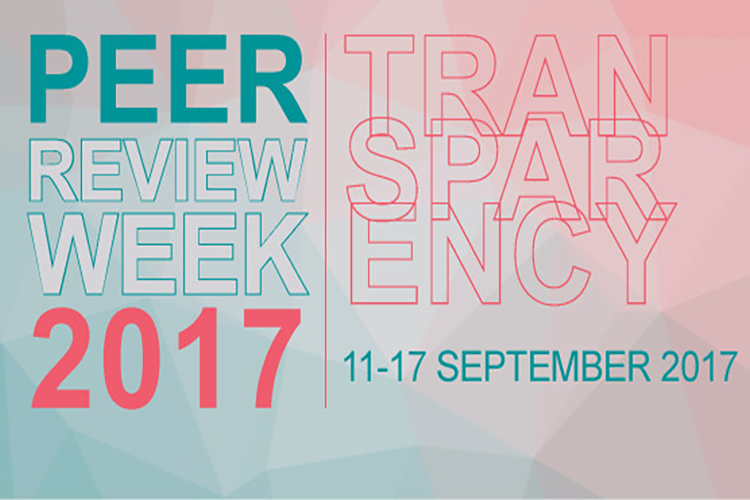-
Sep 18, 2017News from SfNRead science policy and advocacy news from the week of September 15, 2017
-
Sep 18, 2017Press Release, News from SfN
Increased activity in a brain region involved in motivation may protect from depressive symptoms associated with poor sleep, according to a large study of young adults published in JNeurosci.
-
Sep 18, 2017Press Release, News from SfNNew research published in JNeurosci identifies a motor pathway between the forebrain and brainstem that works like a dimmer switch to regulate swimming speed in the sea lamprey – a primitive, jawless fish with an eel-like body studied by neuroscientists as a model of the vertebrate nervous system.
-
Sep 11, 2017Press Release, News from SfNNeural activity associated with defensive responses in humans shifts between two brain regions depending on the proximity of a threat, suggests neuroimaging data from two independent samples of adults in the Netherlands published in The Journal of Neuroscience.
-
Sep 11, 2017News from SfNPeer Review Week (September 11 – 17) is a global event celebrating the essential role that peer review plays in maintaining scientific quality. Check out SfN's resources »
-
Sep 04, 2017Press Release, News from SfNMultiple laboratories have observed unusual neural activity resembling epilepsy in some lines of genetically modified mice widely used in neuroscience research.
-
Sep 01, 2017News from SfNRead science policy and advocacy news from the week of September 1, 2017
-
Aug 28, 2017Press Release, News from SfN
A new study in mice published in The Journal of Neuroscience details a potential therapeutic strategy that uses stem cells to promote recovery of motor activity after spinal cord injury.
-
Aug 25, 2017News from SfNRead science policy and advocacy news from the week of August 25, 2017.
-
Aug 21, 2017Press Release, News from SfNActivation of a reward-processing brain region peaks in the morning and evening and dips at 2 p.m., finds a study of healthy young men published in The Journal of Neuroscience.
Quick Links
Copyright ©
Society for Neuroscience


















